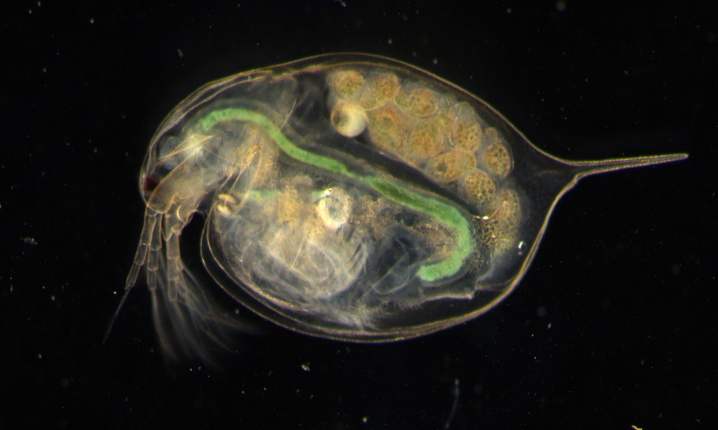 Floral foam inside the digestive tract of a freshwater crustacean. Image: Charlene Trestrail
Floral foam inside the digestive tract of a freshwater crustacean. Image: Charlene Trestrail
As the cut flower industry hits one of its busiest periods, new RMIT research has shown that the water-absorbing green floral foam used by florists is contributing to the world's microplastic problem.
A study published in Science of the Total Environment found the plastic foam, which breaks into tiny pieces, can be ingested by a range of freshwater and marine animals and affect their health.
Charlene Trestrail from RMIT's Ecotoxicology Research group said the study - the first to examine the environmental effects of foam - looked specifically at the impact of this widely-used substance on aquatic animals.
"We tested a range of invertebrates with different feeding modes and all animals ingested the foam, with some species demonstrating stress responses as a result of consuming the material," said Trestrail, a PhD researcher in the School of Science.






